Solar
Latest

Solar-powered drone switches from helicopter to plane mode
Ever since the wobbly autogyro went out of fashion, engineers have tried designing a craft that gets the vertical lift of a helicopter's blades with the horizontal thrust of a plane is difficult to pull off. Popular successes, like the AV-8 Harrier series and V-22 Osprey, angle thrust down for takeoff and behind during flight. Researchers at the University of Minnesota in Minneapolis are building a drone that similarly transforms and is stocked with solar panels to prolong its deployment.
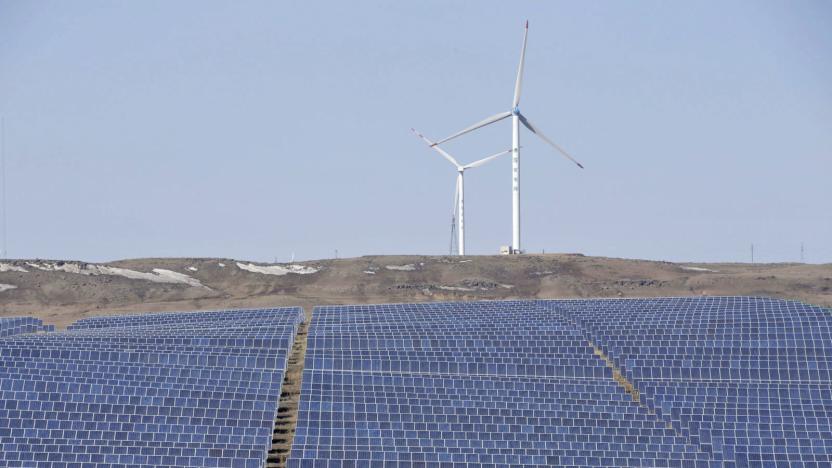
China is now the biggest producer of solar power
You probably don't think of China as a clean energy champion given its frequent problems with smog and continued dependence on coal power, but you may have to rethink your views after today. The country's National Energy Administration has revealed that its solar power production more than doubled in 2016, hitting 77.42 gigawatts by the end of the year. The country is now the world's biggest generator of solar-based electricity in terms of capacity -- it doesn't compare as well relative to population (Germany, Japan and the US could easily beat it), but that's no mean feat for any nation.
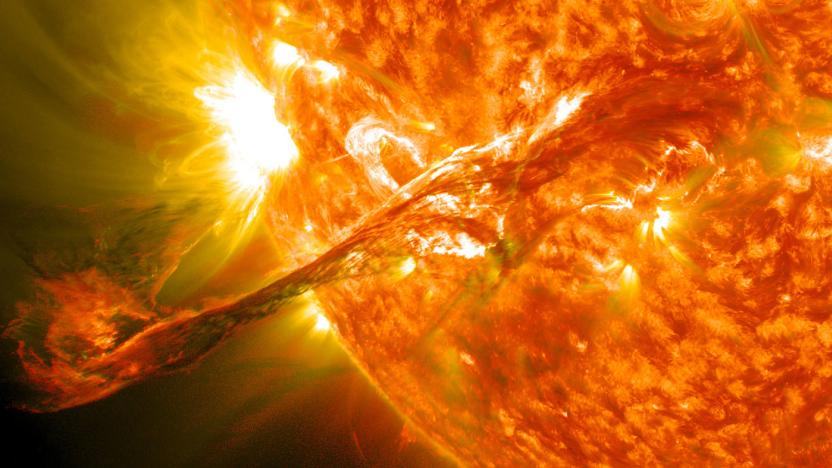
Europe's space agency plans to launch a space-weather satellite
A few years from now, we might have the power to make more accurate space weather forecasts thanks to an ESA satellite. The European Space Agency plans to launch a solar-monitoring space weather probe in 2023 to keep an eye out for Coronal Mass Ejections (CME), and it's hoping to send it to a stable orbit called the Lagrange point 5. That location will give the satellite a unique side-on view of the surface of the sun that's bound to face Earth in four to five days.

Alphabet dropped its plan for solar-powered internet drones
Wondering what happened to Google's solar internet drone project? Unfortunately, we don't have good news. An Alphabet spokesperson has confirmed to 9to5Google that its X division quietly dropped the Titan project shortly after it folded into X in late 2015. It won't surprise you as to why: Project Loon's high-altitude balloons are a "much more promising" way of getting people online in remote locations, the company says. Staffers who were working on Titan have found their way into other "high flying" initiatives, such as Project Loon and Project Wing. You can read the full statement below.

Half of UK electricity now comes from nuclear and renewables
A record 50 percent of the UK's electricity was generated from renewables and other low carbon energy sources in the third quarter of 2016. That's up from 45.3 percent the year prior, a milestone fuelled by a sizeable increase in wind, solar and nuclear energy. A neat quarter came from renewables, including hydroelectric, while the other 25 percent was sourced from nuclear reactors. According to the UK government, the growth in green energy can be attributed, at least in part, to "improved weather conditions" across the UK, including higher wind speeds, increased rainfall and longer stretches of sunlight (though I don't remember that last one happening).
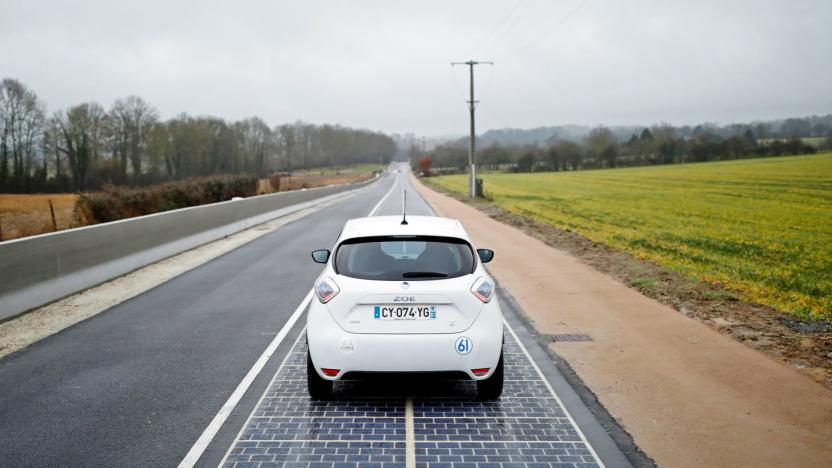
A French town just installed the world's first 'solar road'
The tiny town of Tourouvre-au-Perche in Normandy, France no longer has to worry about how it will power its street lights. The Sun will handle that.

Tesla's master plan was realized in 2016
Tesla started in 2006 as a niche electric sports car manufacturer. Its 2008 Roadster had an insane range of 244 miles and an equally bonkers price of more than $100,000. It was the first step in CEO Elon Musk's 2006 master plan to eventually bring a high-range, reasonably priced EV to the masses. Ten years later, that strategy is finally about to pay off.
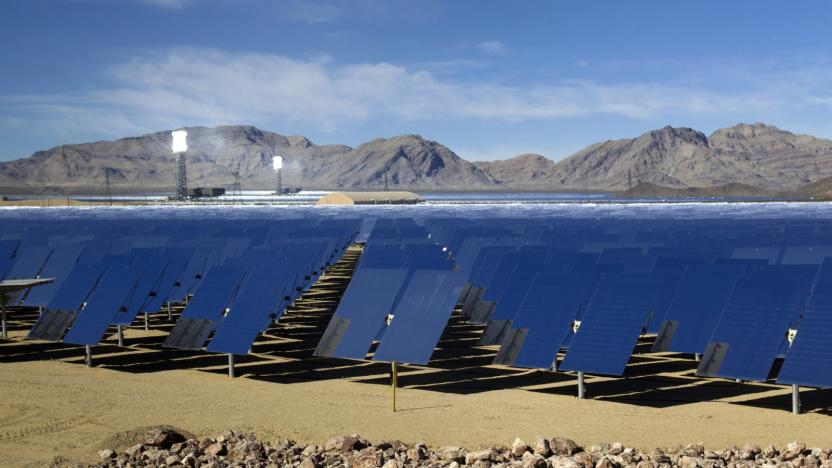
Google expects to run solely on renewable energy in 2017
Google has made it a point to run as much of its business on renewable energy as possible, and it looks like the company is close to reaching its ultimate goal. The internet pioneer now expects that all of its offices and data centers will be relying on purchased solar or wind power by some point in 2017. This isn't the same as directly powering facilities with eco-friendly energy (logistics and the nature of electrical grids makes that difficult), but it does mean that Google is funding enough projects to offset its massive power demands -- 5.7 terawatt-hours in 2015.

Solar beads can make some very cool lamps and flashlights
Conventional solar panels aren't exactly the prettiest objects on the planet, which is why companies like Tesla, SRS Energy and SunTegra have been focusing on blending this technology into roof tiles. As for those who don't have a roof or land to spare, Japan's Kyosemi Corporation has come up with an alternative solution that can let windows and glass walls soak up solar power as well. The magic ingredient? Just a web of "Sphelar" solar cell beads -- each with a diameter of 1.2 mm -- lined up inside any transparent substrate, meaning it can come in any shape or form while letting light travel through the gap between beads. Better yet, due to the spherical nature of these cells, they can capture light from almost any angle -- to the point where they can deliver a higher cumulative output than their conventional counterparts, according to the company.

Tesla runs an entire island on solar power
Now that Tesla has officially acquired SolarCity, it's not wasting any time showing what the combined entity can do. Tesla has revealed that it's running the island of Ta'u (in American Samoa) on a solar energy microgrid that, at 1.4 megawatts, can cover "nearly 100 percent" of electrical needs. It's not just the 5,328 solar panels that are key -- it's the 60 Tesla Powerpacks that offer 6 megawatt-hours of energy storage. While Ta'u is normally very sunny, the packs can keep it running for three days without sunlight. They don't have to worry about a cloudy day leading to blackouts.

SolarCity roofing might cost the same as traditional shingles
Elon Musk might make grand statements, but he has a track record of backing them up with results. Like creating reusable spacecraft, for example. But Musk's latest sentiments about his SolarCity energy company might break that streak. "I don't want to commit 100 percent to this yet, but it's looking quite promising that a solar roof will actually cost less than a normal roof before you even take the value of the electricity into account," he said, on a recent investor's call. "So, the basic proposition would be, 'Would you like a roof that looks better than a normal roof, lasts twice as long, costs less, and by the way generates electricity?' It's like, why would you get anything else?"

ICYMI: Charging lights with foot power
try{document.getElementById("aol-cms-player-1").style.display="none";}catch(e){}Today on In Case You Missed It: EnGoPlanet is testing streetlights powered by both kinetic footpads and solar panels, placed in a plaza in Las Vegas. Meanwhile, the Panther is a military-style drone that can both drive on the ground and fly through the air, while carrying up to 15 pounds of gear. The guys and girls of Engadget video are stoked about the Beauty and the Beast live-action movie reboot from Disney; the new trailer is here just fyi. The determined garbage kid is here and the AP video of stranded cows is here. As always, please share any interesting tech or science videos you find by using the #ICYMI hashtag on Twitter for mskerryd.
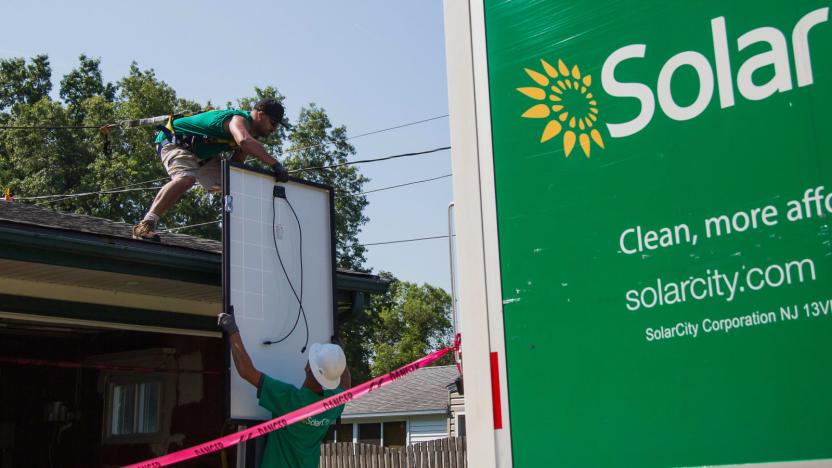
Tesla makes its case for buying SolarCity
Tesla's been busy with more than the Model 3 in recent months. In August, founder and CEO Elon Musk announced that Tesla would join with his other company, SolarCity, in a $2.6 billion merger. Musk said at the time that the melded company would serve as an "end-to-end clean energy" solution. And just last week, he unveiled the company's new solar roof and Powerwall 2 home battery which, taken together, would harness and store the sun's energy to both the house and the electric car in its garage. On Tuesday, Tesla clarified what it expects to come from the merger and how the two companies will function as one.

Tesla unveils its solar roof and Powerwall 2
At Universal Studios in Los Angeles tonight, Tesla CEO Elon Musk showed off the company's solar roof-top panels, a new $5,500 Powerwall 2 high-capacity residential battery pack, and the Powerpack 2 for businesses.
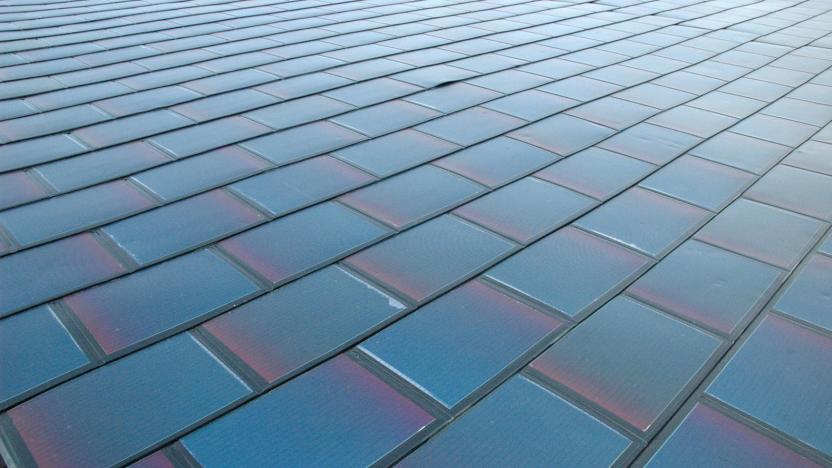
Six innovative rooftop solar technologies
By Cat DiStasio It's never been easier to give your house a solar roof. Falling manufacturing costs and increasing demand have led to a number of fascinating new solar products in recent years, including roof shingles with integrated solar cells, modular solar arrays and even efficient thermal tiles made from glass. As the technology improves and more people get turned on to the benefits of renewable energy, we expect to see even more innovative products hitting the market in the coming months and years, pushing forward the envelope for solar power production.

Solar dish sets steamy thermal energy efficiency record
In the hunt for ever more reliable and efficient green energy production, the Australian National University (ANU) has developed a solar dish with an incredibly high sunlight-to-steam conversion rate. That's right, steam. Instead of photovolatic solar panels, which convert the sun's rays directly into electricity, the so-called "Big Dish" reflects them back at a receiver, suspended in mid-air, which converts water into steam. The gas can then be used to power a motor, or stored for long periods as molten salts. The latest breakthrough? A new receiver that's 97 percent efficient.
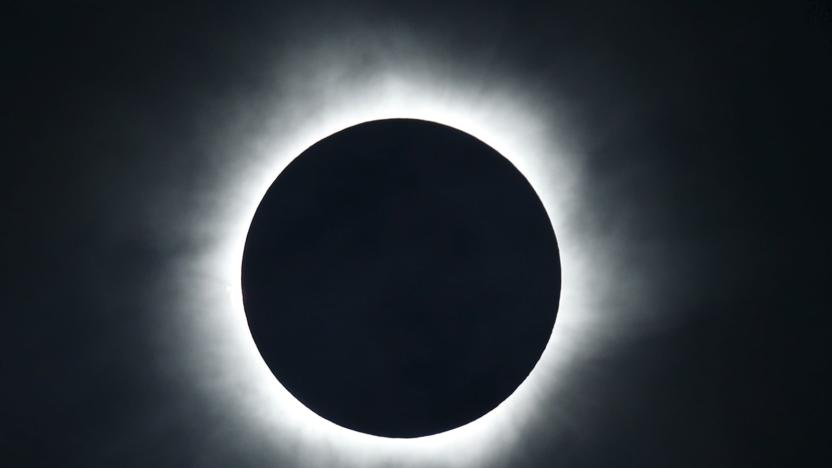
Biggest US total solar eclipse in decades happens next year
Lunar eclipses are pretty amazing, but statistically speaking, they aren't really all that rare. Catching a full solar eclipse, on the other hand? That's hard. The moon blocks our planet's view of the sun about ever year and a half -- but these eclipses can typically only be seen from extremely remote locations. Next year, things will be different. On August 21st 2017, a total solar eclipse will be viewable from 14 US States in North America -- marking the first time Americans have been able to see the phenomenon since 1979. If you're reading this from the USA, that means you're only one year and a short road trip from seeing an exclusive celestial ballet.

Solar-powered machine turns urine into drinkable water
Scientists from a Belgian university have built a solar-powered machine that can turn urine into drinkable water. They deployed it at a 10-day music and theater festival in central Ghent, Belgium. The experiment was a success as the scientists were able to recover a 1,000 litres of unconsumed water, which will be used to make Belgian beer, from the urine of several partygoers.
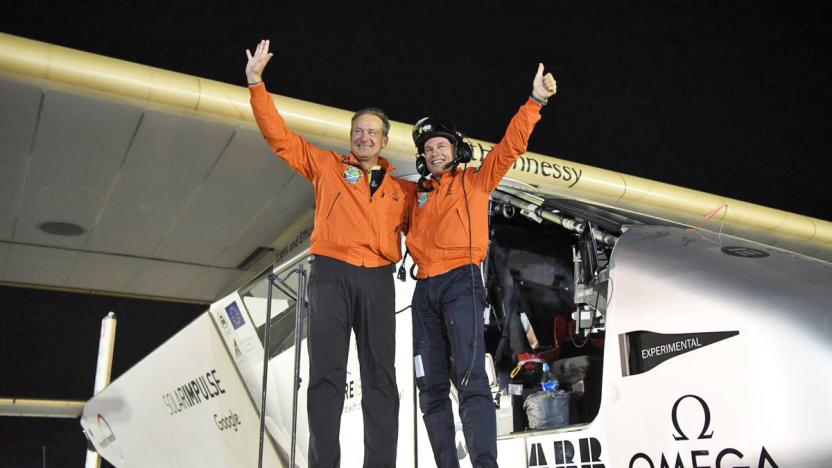
Solar Impulse completes its round-the-world journey
In March 2015 Solar Impulse 2 took off from Abu Dhabi and tonight it has successfully returned, completing a 40,000km+ round the world trip. It managed the feat "without using a drop of fuel," becoming the first to manage the feat thanks to sunlight, piloted by Bertrand Piccard and Andre Borschberg. Its arrival is a bit delayed, partially due to some problems with heat-related battery damage, but just making the trip helps the project's goal to show off the potential of transportation powered by green energy sources.

Solar Impulse 2 starts the last leg of its round-the-world flight
It's all coming down to this. Well over a year after beginning its round-the-world trip, Solar Impulse 2 has embarked on the final leg of its journey. The solar-powered aircraft left Cairo early on the morning of July 24th and should reach its original starting point, Abu Dhabi, within 2 to 3 days. This certainly isn't the most arduous part of the adventure (the Pacific crossing was far more challenging). However, it'll likely be the one that everybody remembers -- it'll be the definitive proof that clean energy can be used to accomplish impressive feats.












